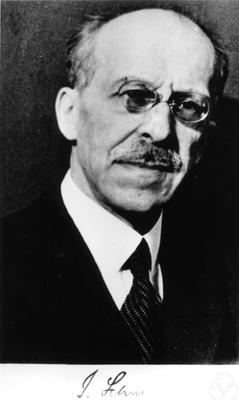This is a glossary of representation theory in mathematics.
Contents
The term "module" is often used synonymously for a representation; for the module-theoretic terminology, see also glossary of module theory.
See also Glossary of Lie groups and Lie algebras, list of representation theory topics and Category:Representation theory.
Notations: We write . Thus, for example, a one-representation (i.e., a character) of a group G is of the form .










































































































